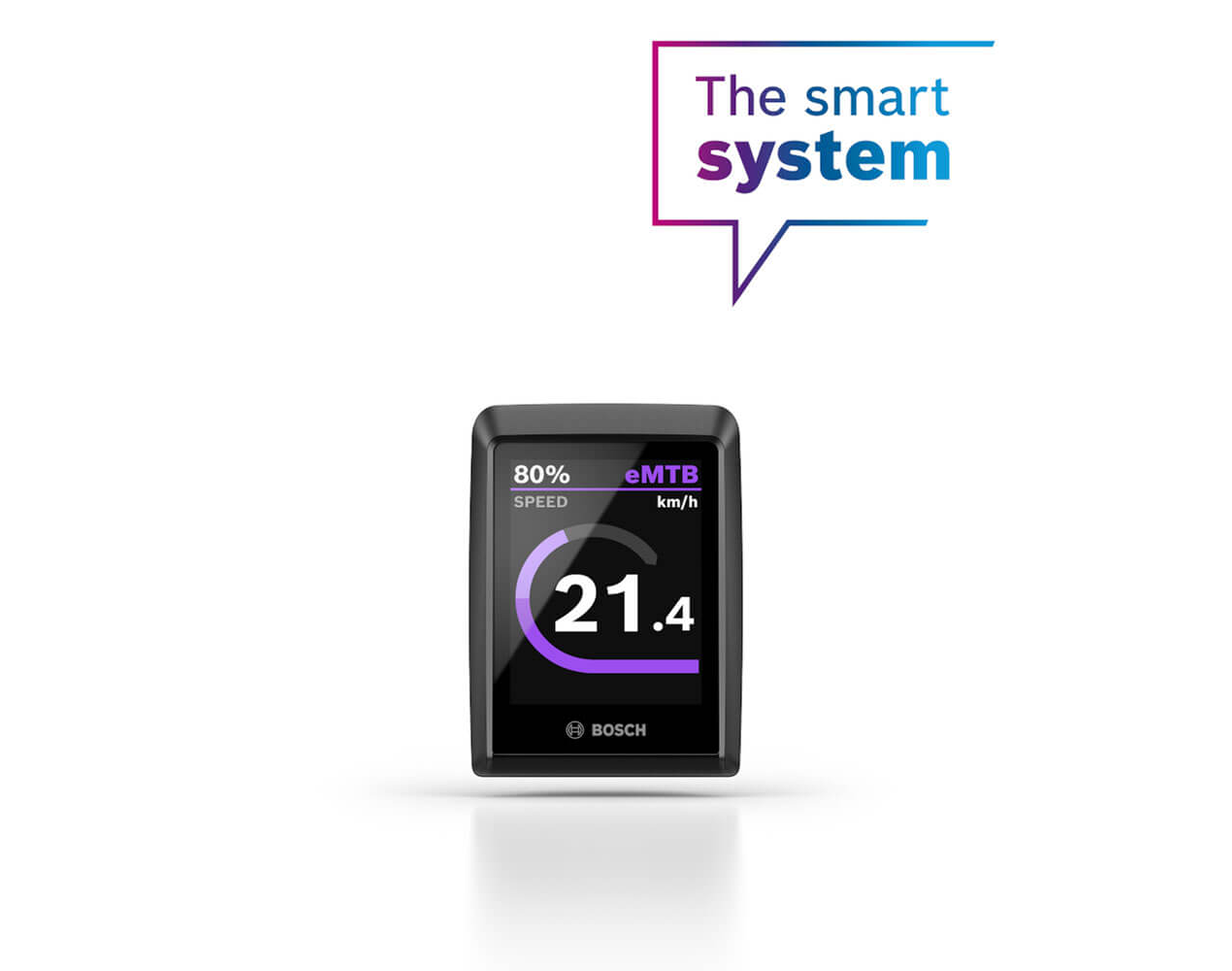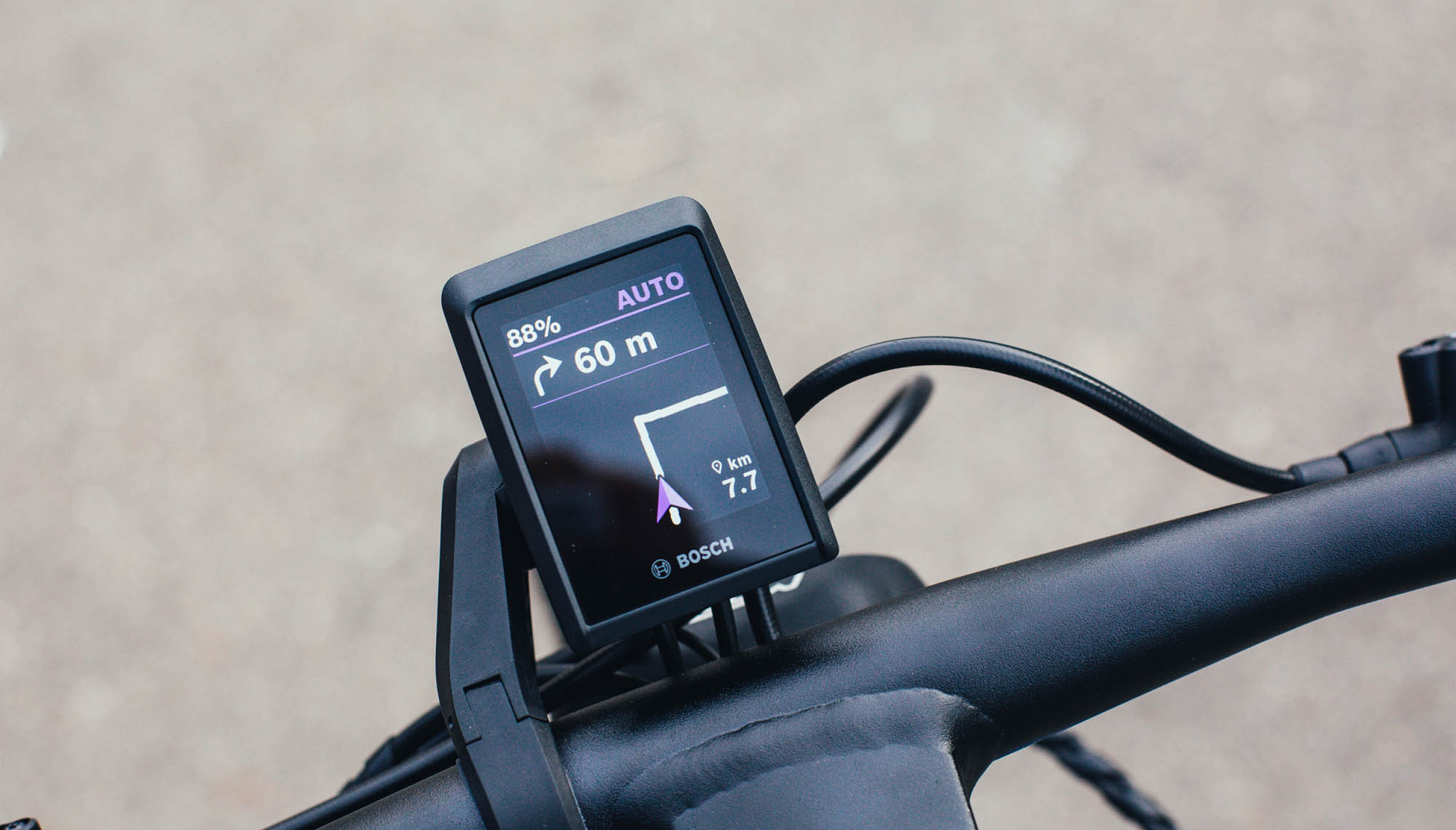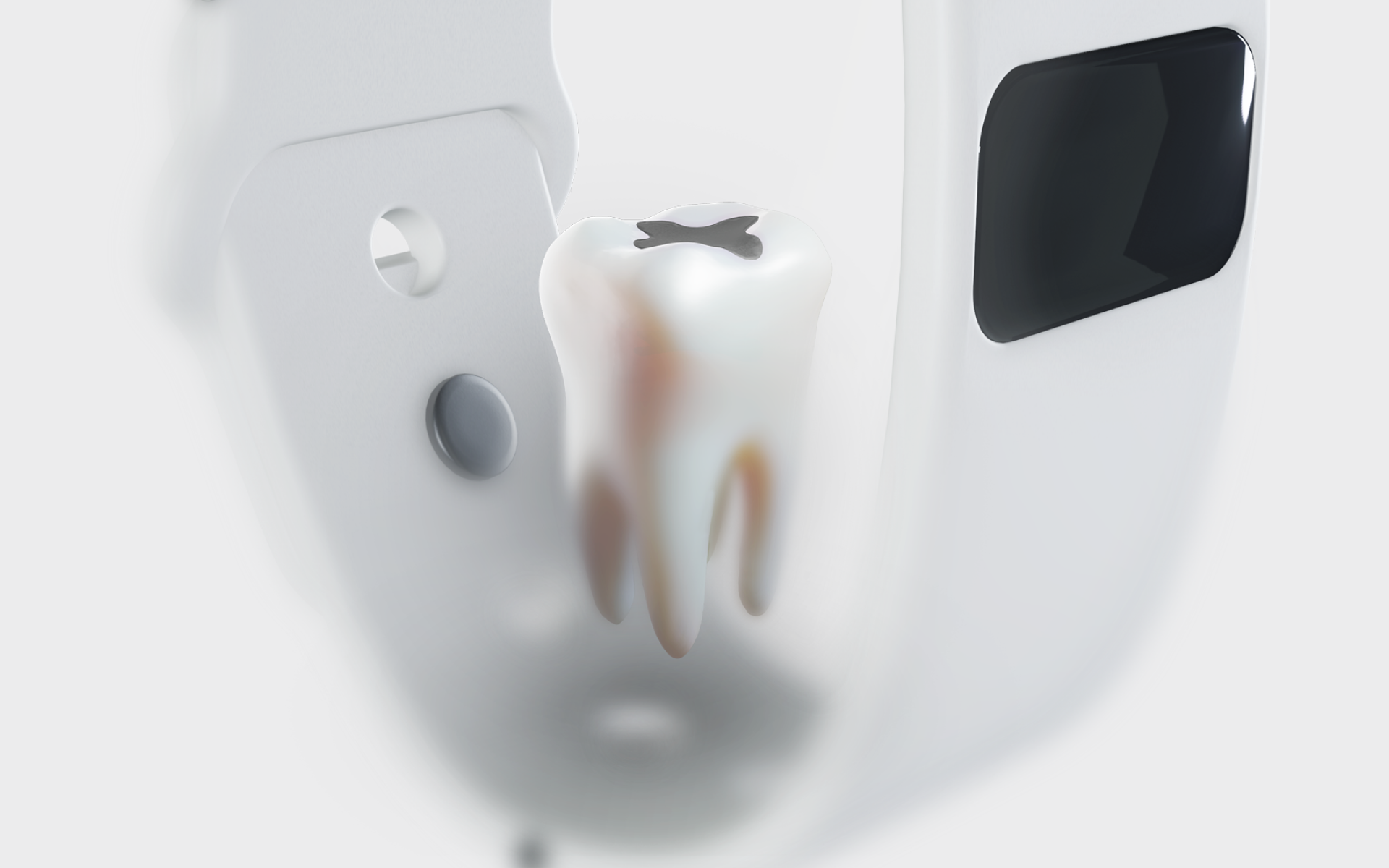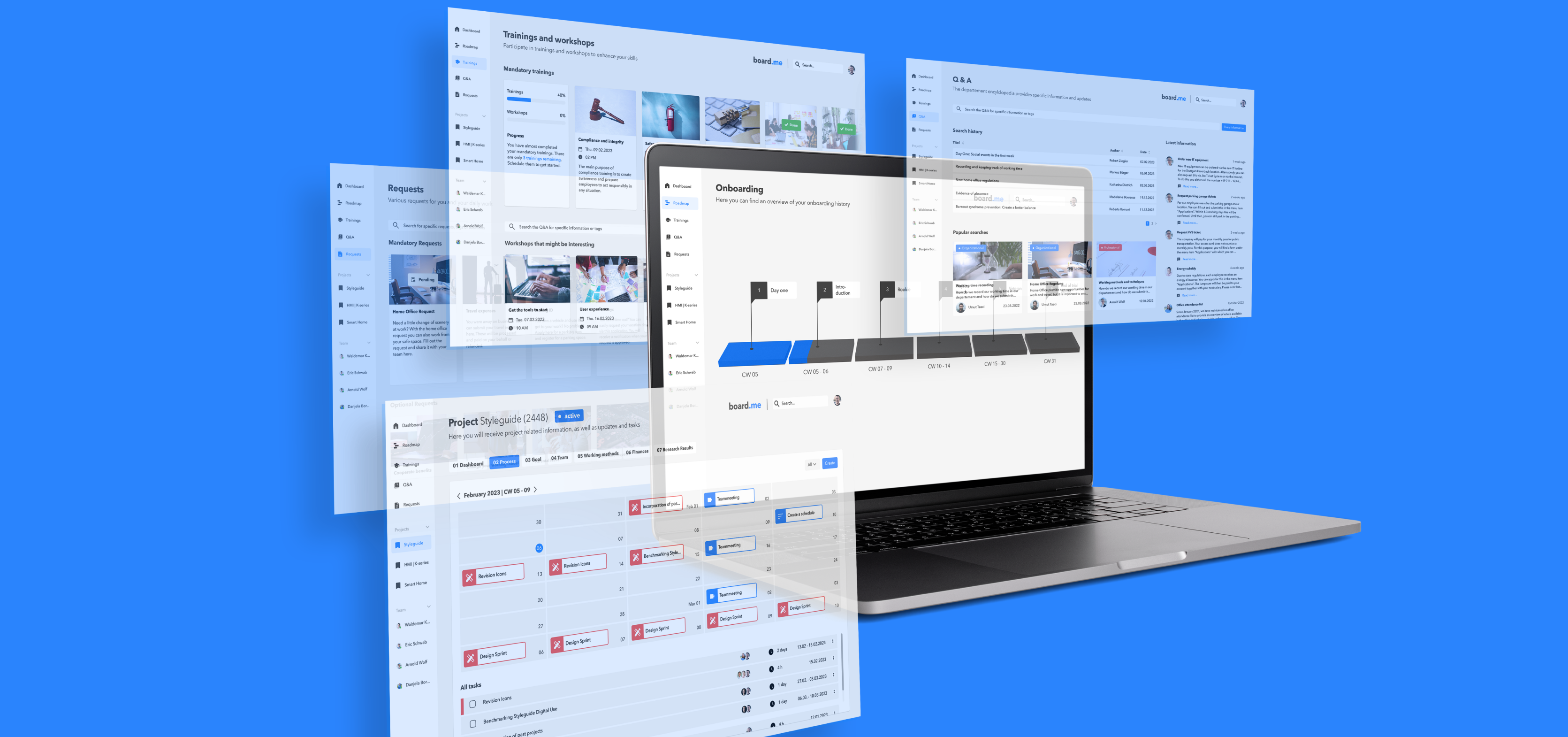BOSCH KIOX 300
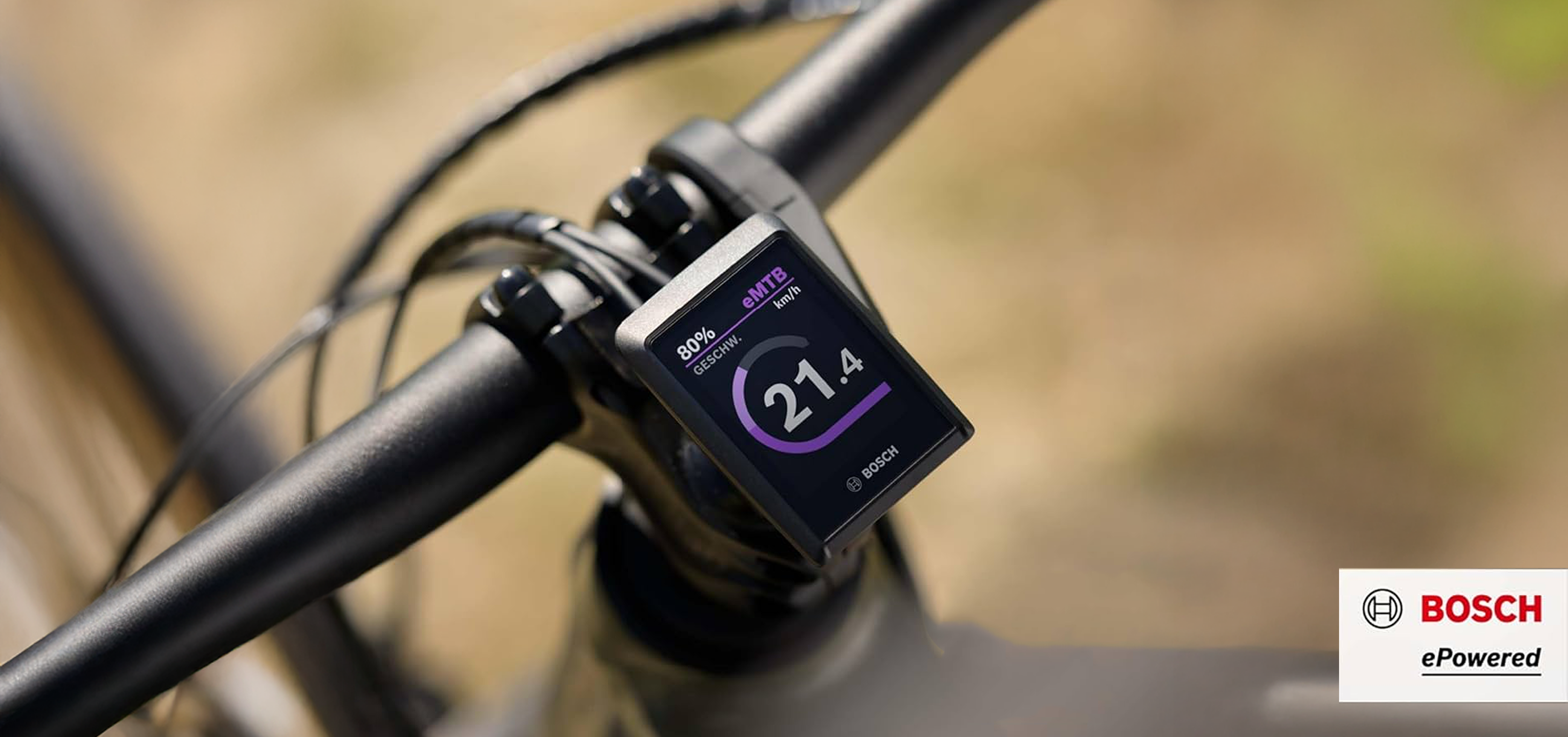
As part of the UX team, I co-designed the interface screens and developed interactive prototypes for the Bosch Kiox 300, a cutting-edge display for e-bikes. Working closely with real users throughout the design process, we created intuitive interactions and a clear visual language that support riders in every situation. The Kiox 300 offers detailed performance data, navigation, and fitness tracking, enhancing every ride with smart connectivity. Seeing it now on the market, empowering thousands of cyclists, makes this project a true milestone in my design journey.
STRATEGY
The KIOX upgrade aimed to transform Bosch’s compact head-unit into a confident companion for e-mountain-bike riders while preserving the clean, minimal language that defines the wider eBike portfolio. The brief was to weave in trail-relevant features that elevate situational awareness, stay within tight hardware limits, and remain faithful to the Bosch eBike Design System, all without adding cognitive load.
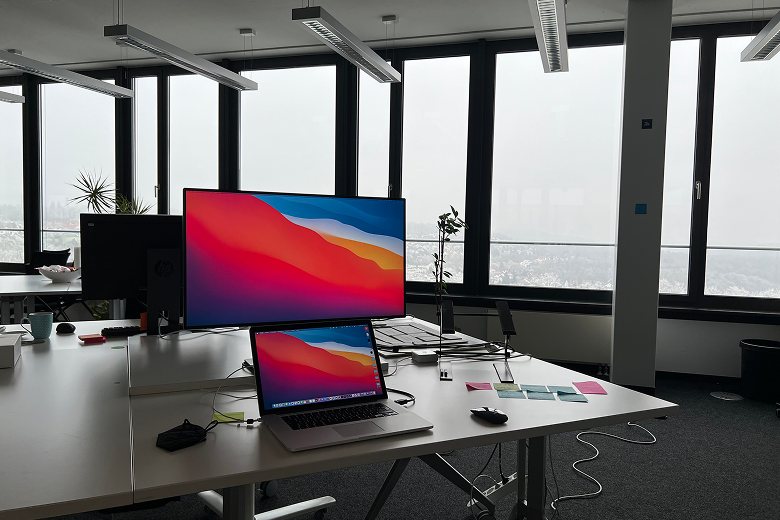
RESEARCH INSIGHTS
Ride-along observations and in-depth interviews with professional e-MTB athletes revealed that existing displays forced riders to hunt for crucial information at the very moment they should be focused on the line ahead. Clearer hierarchy, glove-proof interaction logic, and daylight-legible visuals emerged as the core needs. These findings set the design guardrails: glanceability first, frictionless controls second, and brand consistency throughout.
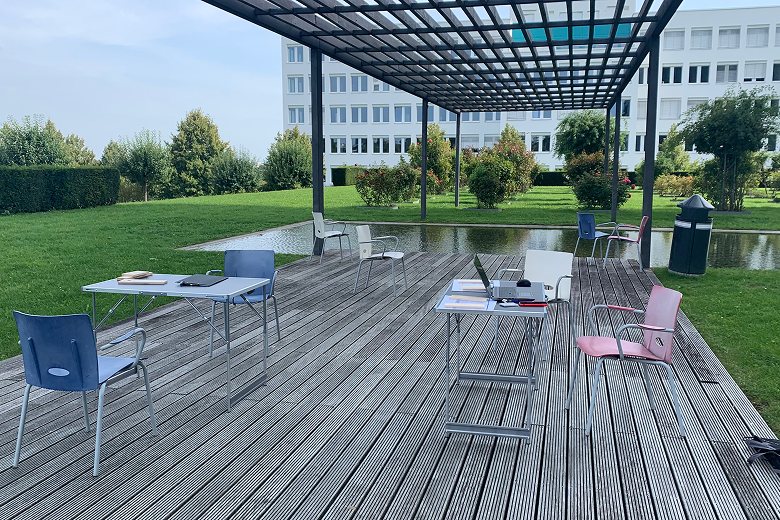
APPROACH
Using a Design-Thinking loop, I distilled the research into user-story maps and iterated low-fidelity overlays directly on KIOX screen photos. Each concept was rebuilt in Figma with Bosch tokens, pushed to a software simulator, and exercised on short trail loops. Weekly checkpoints with product, engineering, and brand ensured every iteration met rider expectations, hardware constraints, and corporate style guidelines in equal measure.
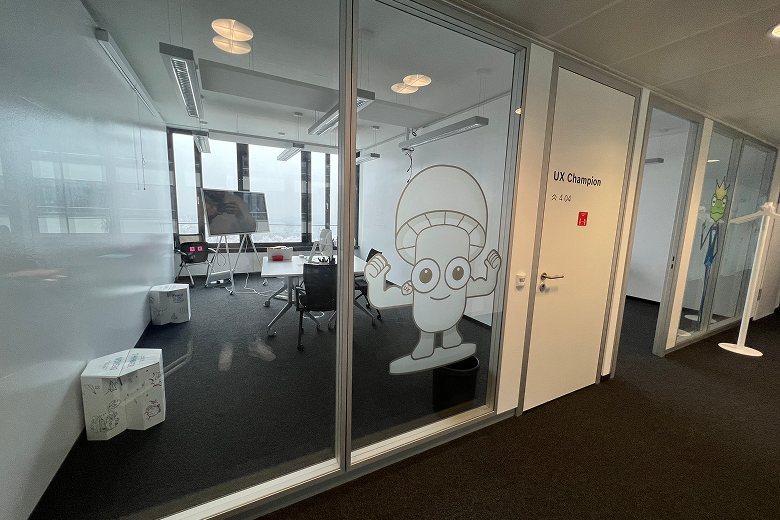
DESIGN
Within the established Bosch eBike Design System I introduced a simplified information architecture, refined interaction patterns, and purpose-built graphical elements that surface real-time ride insights at a glance. Context-aware layouts keep the display calm during steady riding yet reveal richer detail with a single hardware press, ensuring hands stay secure on the bars. All visuals were validated for outdoor legibility and mapped back into the master token set to guarantee future scalability.
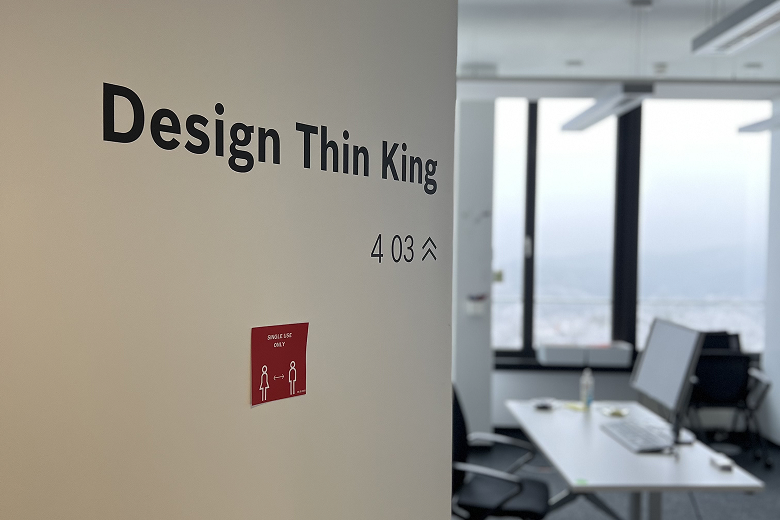
LEARNINGS
The project showed how harmonising multiple design frameworks—Bosch eBike guidelines, Android-based head-unit conventions, and the unique KIOX spec—can produce a seamless experience when anchored by rigorous token governance. It reinforced that a user-tested hierarchy of information often delivers greater value than adding more features, and that aligning design decisions with both rider needs and business constraints is the key to shipping confidently at speed.

